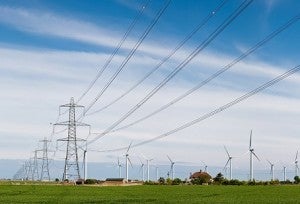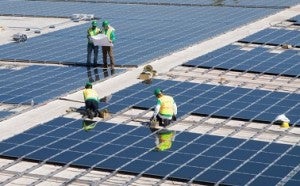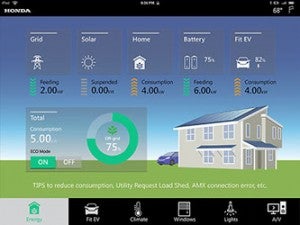 The New Year is a time for reflection, beginning with a look back on the previous 12 months and all that they brought. A quick scan of the U.S. climate and energy news in 2014 will tell you it was a very big year.
The New Year is a time for reflection, beginning with a look back on the previous 12 months and all that they brought. A quick scan of the U.S. climate and energy news in 2014 will tell you it was a very big year.
The Environmental Protection Agency (EPA) proposed the first-ever limits on carbon pollution from power plants, the U.S. and China struck a historic climate deal, and Tesla broke ground in Nevada on the largest advanced automotive-battery factory in the world – a move that’s expected to slash the cost of lithium ion batteries by a third. At the same time that these important national and international advancements were grabbing headlines, Environmental Defense Fund (EDF) and our partners were working together to incrementally transform the U.S. electricity system by rewriting outdated regulations, spurring energy services markets, and modernizing our century-old electric grid.
The U.S. is on the verge of a revolution in the way we make, move, and use energy. And, having spent years working on governmental and regulatory matters related to our power system and lessening its impact on the environment, I can honestly say there has never been a more exciting time to be in this field. Here are a few of the moments that were near and dear to our hearts over the past year, developments I see as a sure signal 2015 will be another epic year for clean energy. Read More










 As the year draws to a close, I’m grateful for three climate breakthroughs from 2014 that give me hope that we can still turn the corner toward a stable climate before it’s too late.
As the year draws to a close, I’m grateful for three climate breakthroughs from 2014 that give me hope that we can still turn the corner toward a stable climate before it’s too late.


